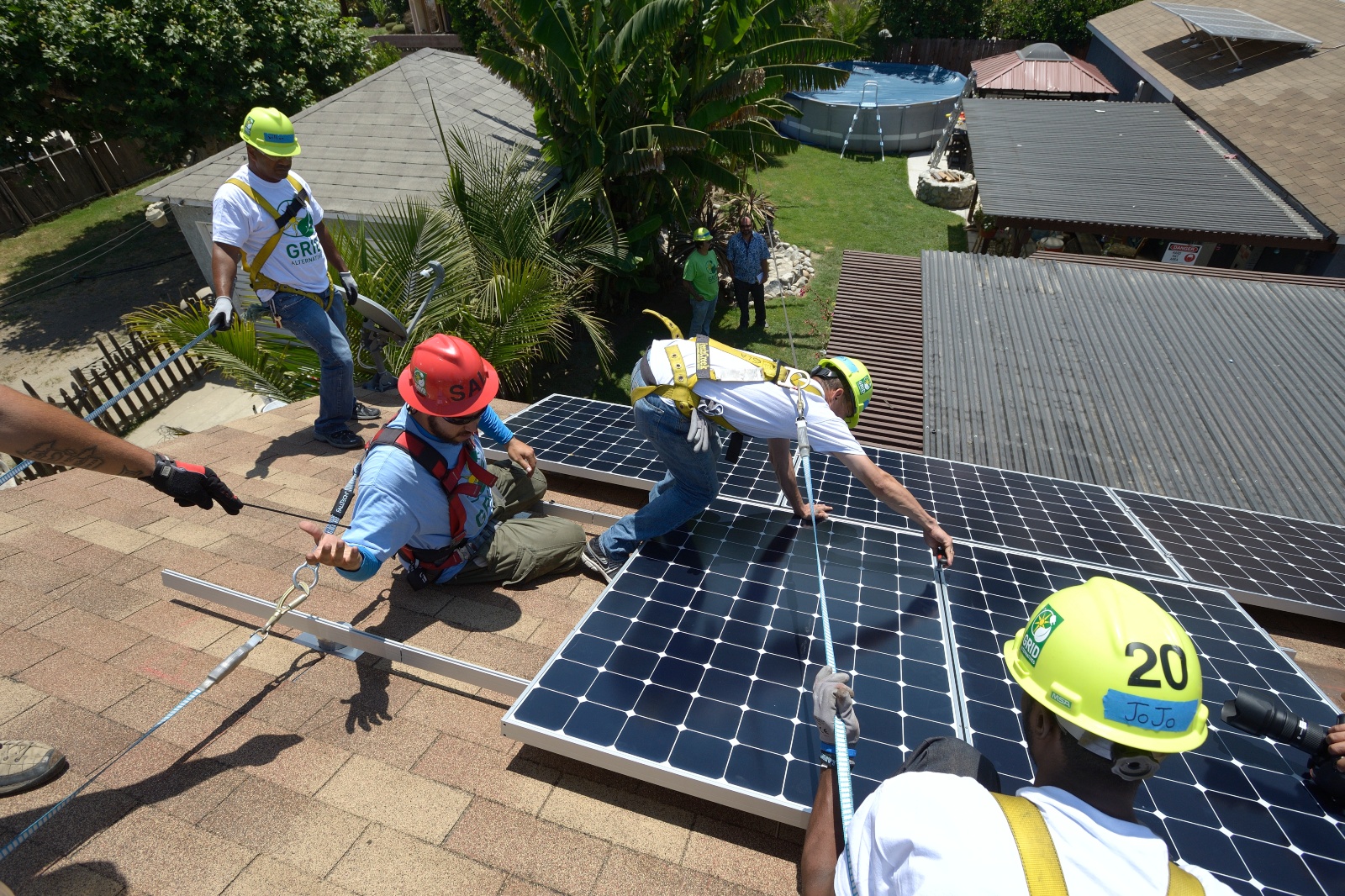With his landmark climate bill seemingly dead in the Senate, President Joe Biden had been facing mounting pressure to find ways to take climate action that didn’t rely on Congress. It looked like one holdout Democrat, West Virginia Senator Joe Manchin, stood in the way of passing any version of Build Back Better, insisting just two weeks ago that he would refuse to support any spending to take on climate change.
So last week, from a shuttered coal-fired power plant in Somerset, Massachusetts, Biden pledged to use his presidential powers “to combat the climate crisis in the absence of congressional action.” That day, he announced several executive actions, from setting aside funds to help communities withstand heatwaves and floods, to expanding offshore wind power in the Gulf of Mexico. Then, this Tuesday, the Biden administration rolled out heat.gov, a website with resources to help people cope with extreme heat. And, on Wednesday morning, the White House announced an effort to connect low-income households to solar power.
But by Wednesday evening, Senator Manchin had reversed course, reaching a deal with the Democratic majority leader, Senator Chuck Schumer, on a sweeping package of health-care, energy and climate measures, reviving the possibility of a Senate vote on the climate bill as soon as next week. Still, Biden’s latest slate of executive actions, which garnered little public attention, are poised to help cut electricity costs and broaden the accessibility of solar power.
The announcement comes as punishing heat waves have descended upon tens of millions of Americans this summer, causing demand for electricity to boom. At the same time, a worldwide energy crisis has driven up fossil fuel prices, including natural gas, the top source of electricity in the U.S.
Under Biden’s action on Wednesday to lower home electricity costs, a new program through the Department of Housing and Urban Development would connect residents in subsidized housing to community solar power, opening access to solar for renters, who are often unable to make the switch to renewable power, even if they want to. Community solar power typically relies on a shared solar farm. Members subscribe to an array of solar panels in their region and receive credits for the energy generated, which shaves costs off their bills. The White House thinks the initiative could connect as many as 4.5 million homes to solar, saving them an average of 10 percent on electricity bills each year.
Low-income households typically spend much more of their income on electricity costs than their higher-earning counterparts — a burden that comes from living in homes that often lack insulation or have older appliances. According to the Department of Energy, low-income households spend 8.6 percent of their total income on energy bills, while non-low-income households spend around 3 percent.
“The combination of extreme heat and rising utility prices creates a perfect storm, and HUD-assisted families and communities are some of the most vulnerable,” said HUD Secretary Marcia Fudge, in a release. The new program, she said, “will not only help families reduce utility costs, but also provide an opportunity for HUD-assisted residents to participate in the clean energy economy.”
Biden’s announcement on Wednesday also included another HUD program that will help rural housing authorities take on energy efficiency upgrades in rental housing, while a Department of Energy workforce program, using $10 million from the infrastructure package passed by Congress last year, is aimed at creating more jobs and bringing employees from underrepresented communities into the solar industry.
Heat continues to roil the Pacific Northwest and Southeast, with record highs expected through the rest of the week. On heat.gov, the Biden administration’s new website dedicated to heatwave safety, visitors can find information on their local conditions, as well as tips on staying cool and safe during a heatwave. If someone is experiencing heat cramps, the site says, they should cease physical activity and drink water. If cramps continue past an hour, they should seek medical help. Extreme heat is a growing public health threat that causes or contributes to some 700 deaths each year.



